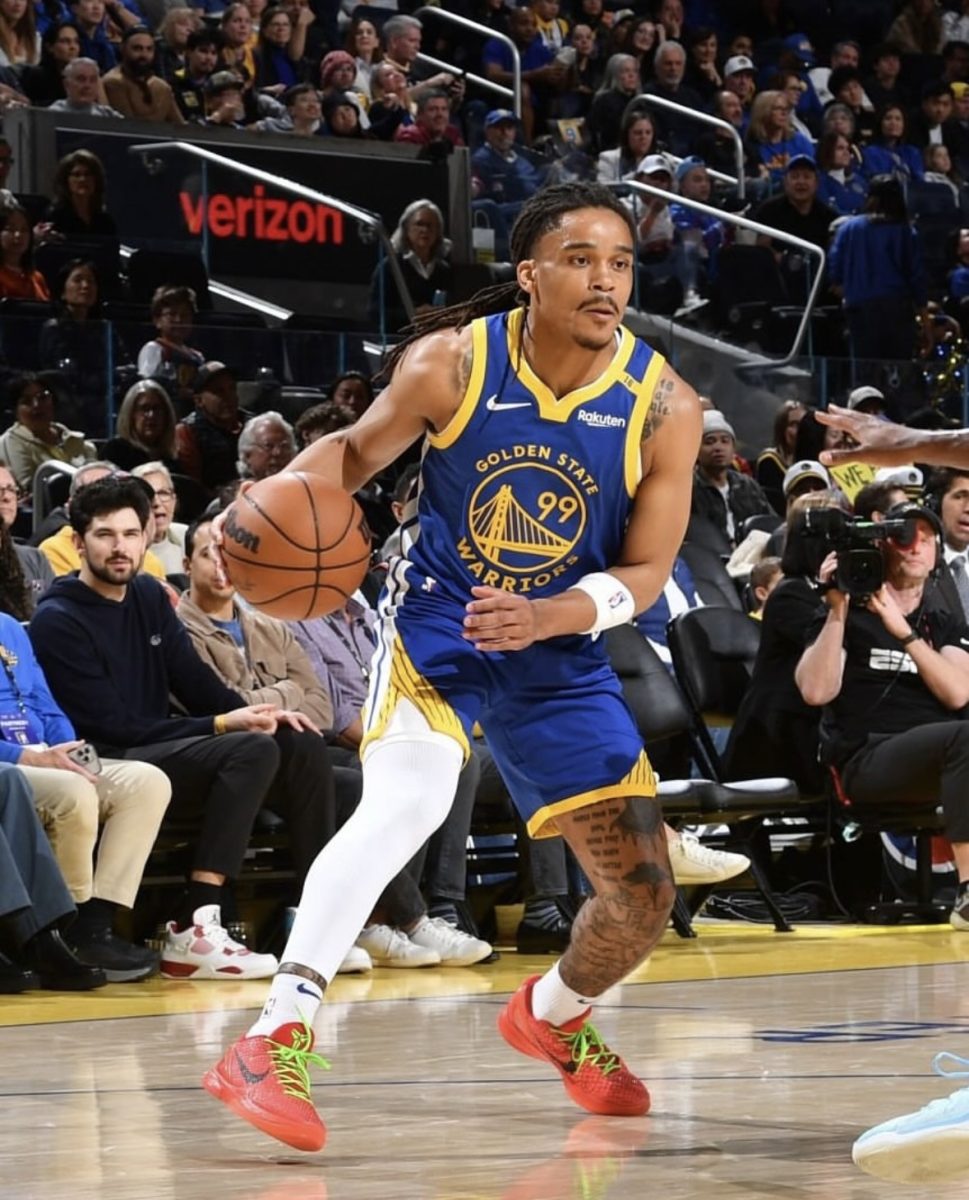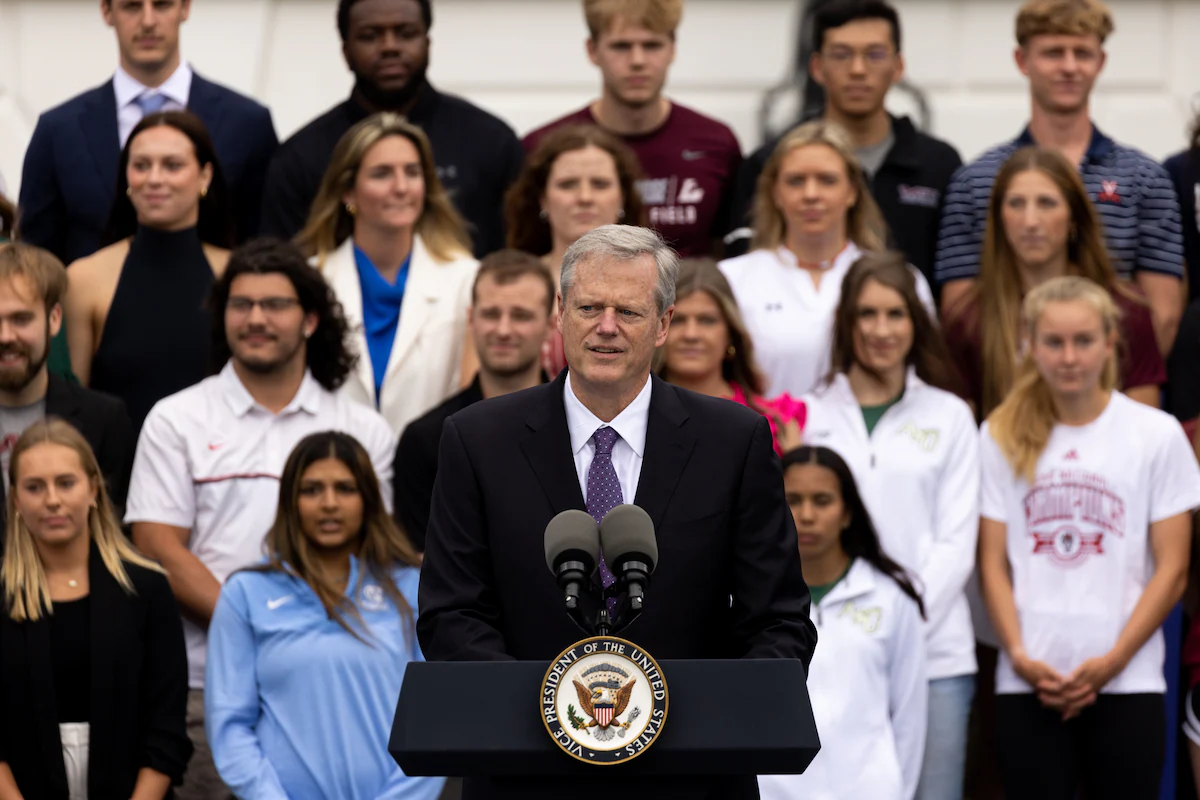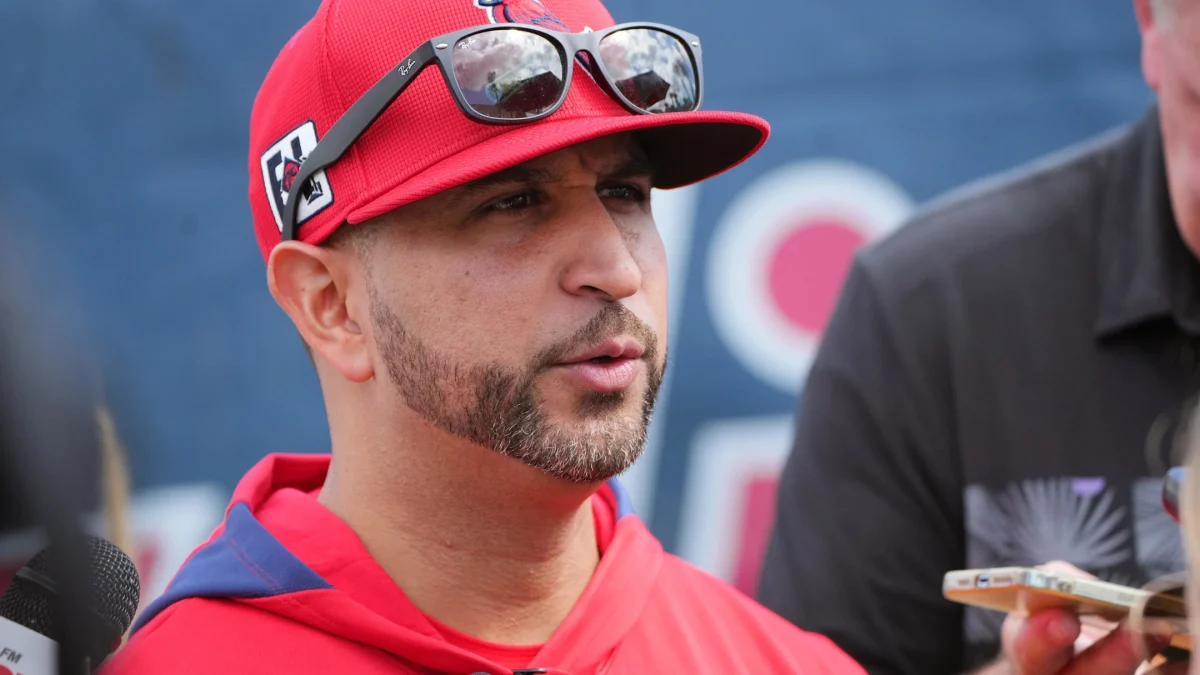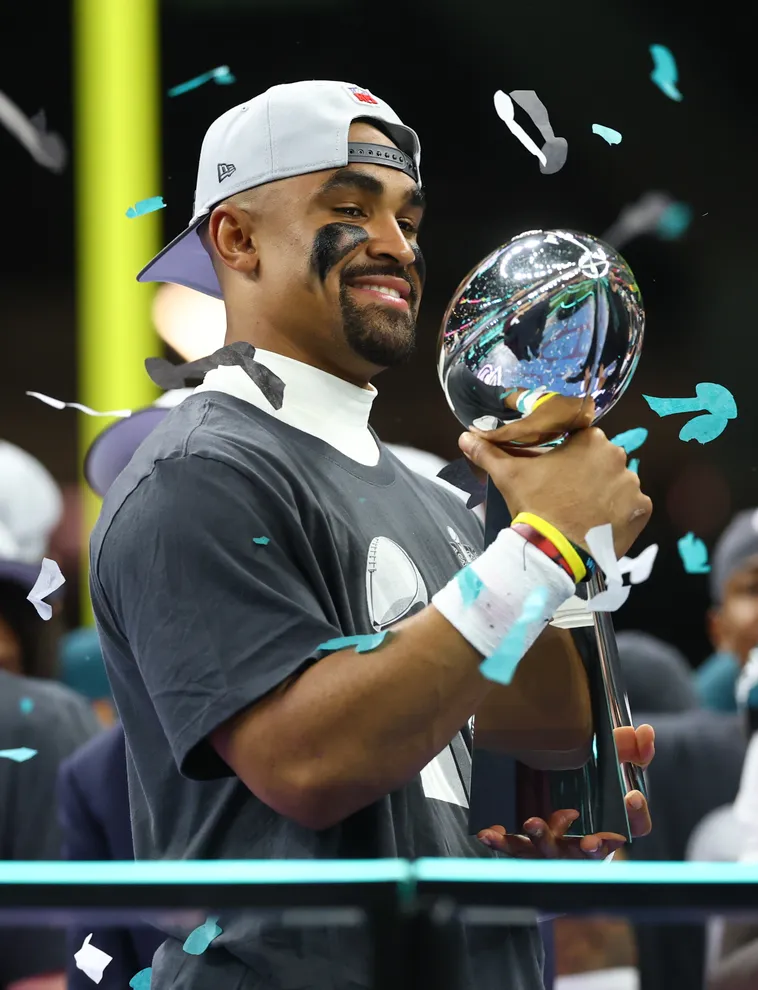“Saint Louis University in the Atlantic 10?” That’s a remark I have heard much too frequently since SLU announced in the Fall of 2003 that it would join the Atlantic 10 Conference effective July 1, 2005.
I have concluded that there are two main reasons for such confusion and criticism of this change in conferences for SLU’s athletic teams. The first is obvious; Saint Louis isn’t exactly close to the Atlantic Ocean, which I can’t dispute, thanks to assembling a puzzle of the United States numerous times when I was about four years old. The second reason boils down to simply not realizing what the A-10 has to offer and how this conference fits SLU like a glove that spans about half of the continental United States.
Let’s just get this whole location thing over with now so we can get to the characteristics that really make a difference. Yeah, the east coast and the Atlantic Ocean aren’t close to St. Louis. And yes, a good number of the schools in the conference are located in said region; but no, it’s not that big of a deal. The University of Dayton and Xavier University, both located within about an hour drive of each other in Dayton and Cincinnati, Ohio, respectively, have been able to successfully establish themselves as members of the conference without being close to the ocean.
Another thing to add is that SLU teams were already traveling long distances, possibly farther in some cases, to play former Conference USA foes, such as the University of South Florida, the University of Houston and Texas Christian University.
Now, for the problem that, in my opinion, is hindering people’s perception of the move more than anything else: They just don’t know what the A-10 is made of and how SLU fits in with many of the other members of the conference. Of the 12 schools that made up the A-10 before the entrance of SLU and Charlotte increased the number to 14, seven of them are Catholic, and the vast majority are located in or near urban areas. This puts SLU in a conference with schools that are similar philosophically, as well as demographically.
I love college football as much as the next person, but it never really made much sense for SLU, along with Marquette, DePaul and Charlotte, to be members of a conference (Conference USA) that seemed intent on building their football reputation, when basketball was really the bread and butter. Now, following the mass exodus from C-USA—which included the four non-football playing schools, as well as South Florida and basketball powerhouses Cincinnati and Louisville, to the Big East and the Atlantic 10—C-USA, or the NASCAR Conference as I call it, has a rough future trying to build its football profile in an area dominated by the Southeastern Conference in the East and the Big 12 Conference in the West. Football will in no way dictate how things are run in the A-10.
One thing that should make the A-10 fun for SLU fans is the potential rivalries that can be built or renewed between the Billikens and their A-10 opponents. Rivalries are normally built due to one of the following factors: Similarity between the schools, location, a history of good competition or just sheer hatred that erupts at some point in time between the two teams. SLU will enter the A-10 with an existing rivalry with Charlotte, due to both schools being charter members of C-USA. The Billikens have also been in the same conference with Xavier and Dayton in the past, so their rivalries should be rekindled in no time. In fact, SLU and Dayton have played each other once a season since the Great Midwest Conference folded due to the forming of C-USA, which included every Great Midwest team except Dayton.
Xavier, on the other hand, hasn’t played SLU since the Billikens and Marquette left the Midwestern Collegiate Conference in the early 1990s, but the Musketeers were a nemesis for the Billikens toward the end of the teams’ MCC days. In the 1988-89 and 1989-90 seasons, SLU finished second in the National Invitation Tournament. They might have had a shot at a NCAA Tournament berth, but they always seemed to have a difficulty beating Xavier, especially in the MCC Tournament.
If there’s one thing I know from attending a Catholic high school in St. Louis, it’s that games against other Catholic schools are very important and lead to rivalries very quickly. In addition to Xavier and Dayton, the A-10 has recent power St. Joseph’s, located in Philadelphia, which is probably best known for its undefeated regular season in 2003-04, led by National Player of the Year Jameer Nelson and sharpshooter Delonte West. Both of those stars are gone from Hawk Hill, but head coach Phil Martelli will keep the Hawks toward the top of the league.
Two other intriguing teams in the A-10 are Temple University in Philadelphia and the University of Massachusetts. I have a hard time mentioning one of these schools without including the other, probably because I will never forget Temple head coach John Chaney barging in on then UMass head coach John Calipari’s post-game press conference while threatening to kill him. Calipari is now the head coach of the University of Memphis, one of SLU’s C-USA rivals, but Chaney, one of the most colorful figures in college basketball, is still at Temple. He was back in the news for a few weeks last season after he sent in big Nehemiah Ingram, whom Chaney later called a “goon,” to repeatedly foul a St. Joseph’s player in a game between the schools. The St. Joe’s player, senior John Bryant, suffered a season-ending injury, and Chaney ended up being suspended for Temple’s postseason games for “sending in a goon,” as he was quoted saying in a press conference. He’s an entertaining coach, as well as a Hall of Famer, and he never has a team lacking talent.
UMass, on the other hand, is far from the level they were during Calipari’s tenure in Amherst, but they do have some postseason history with the Billikens. In 1998, a SLU team, led by freshman phenom Larry Hughes, now of the Cleveland Cavaliers, defeated UMass in the first round of the NCAA Tournament. Presently, the Minutemen are entering their first year with head coach Travis Ford. Ford came to UMass from Eastern Kentucky, but first became known in basketball circles as a deadly shooter for Rick Pitino’s Kentucky teams of the early 1990s after transferring from the University of Missouri.
One team that has caught the eyes of many people around the nation over the past two seasons is George Washington. Head coach Karl Hobbs has infused the Colonials with talent over the past couple years, most notably Pops Mensah-Bonsu, who is known as one of the most athletic players in the country. Mensah-Bonsu originally entered the NBA Draft, but eventually pulled his name out of the draft pool and decided to return to GW.
Looking at the A-10, the above teams should be the most intriguing opponents, but don’t count out the University of Richmond, a team that stunned Kansas at Allen Fieldhouse not too long ago, and fellow Catholic schools Fordham University, Duquesne University, La Salle University and St. Bonaventure University, which haven’t had much in the way of success in recent years, but could all become rivals of the Billikens. The University of Rhode Island, one of three A-10 teams the Billikens will play twice this year in men’s basketball (Xavier and Dayton are the other two), could jumpstart a rivalry between the Billikens and the Rams.
I’m excited about the possibilities for SLU in the Atlantic 10. Yes, I’m sorry that we won’t be playing former C-USA foes Marquette, DePaul, Cincinnati, Memphis and Louisville, but I’m willing to forget the past and watch everything unfold in the Atlantic 10.









